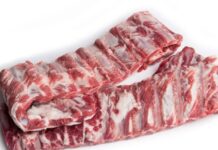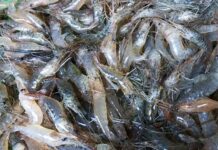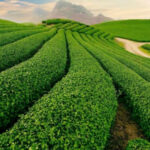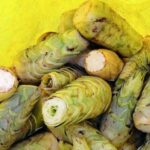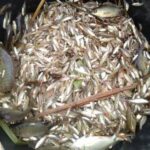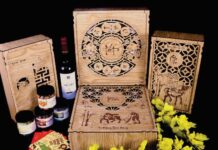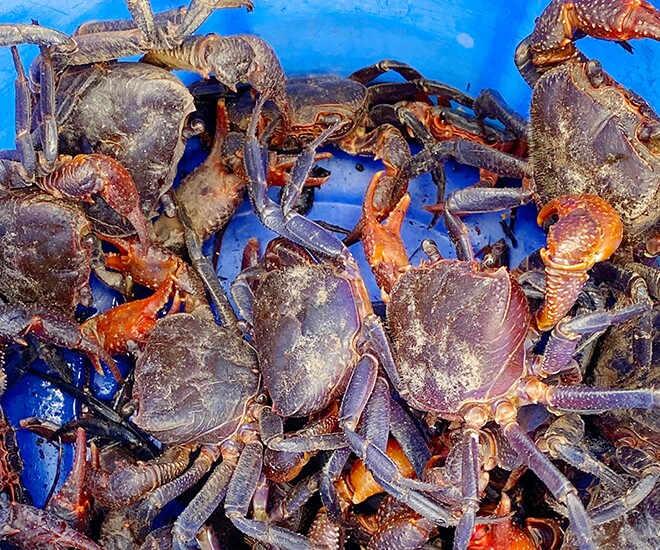
Mountain Crab: A Delicacy Hiding in the Rocks
The Mountain Crab, or “Cua núi Cấm” as it’s locally known, is a unique species native to the mountainous regions of Vietnam. What sets this crab apart is its distinctive appearance and mouthwatering flavor.
With a size comparable to that of a common land crab, the Mountain Crab boasts larger claws and a vibrant purple-red apron, making it easily recognizable. Its meat is a delightful combination of sweet and rich, with a tender yet crisp texture that melts in your mouth. Those who have tasted it rave about its intense sweetness and subtle herbal aroma, qualities that set it apart from other crab varieties.
According to local residents, these crabs make their homes in damp crevices and rocks near mountain streams, typically emerging at night or after rainfall. In the past, people would catch them by hand, waiting for darkness or rainy conditions to venture out and capture the crabs as they left their hiding places. However, their numbers have dwindled over time, and the crabs have become more cautious, making traditional hand-catching methods less effective.
Nowadays, the most popular method for catching Mountain Crabs is by using elastic bands attached to a long bamboo pole. Crabbers carefully insert the baited bands near the crab’s lair, and when the crab mistakes it for food and grabs hold, they quickly pull it out. However, these crabs are strong and quick, so one must be cautious to avoid a painful pinch, which can be even more powerful than that of a common land crab.
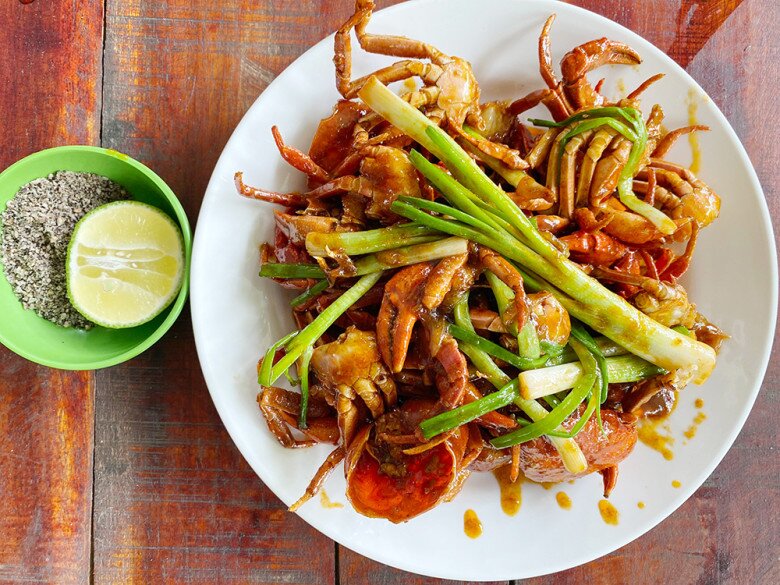
The Mountain Crab’s meat is firm and sweet, and its versatility in cooking methods makes it a culinary delight.
“The higher you go, the larger and more aggressive the crabs become,” shares Giang, an experienced Mountain Crab hunter. “Some won’t let go of their grip even when pulled out of their hideouts. It takes skill and knowledge of the terrain to navigate the slippery streams and rocky terrain safely.”
During the rainy season, these crabs are more abundant, and an experienced hunter can catch up to 2-3 kg per day, mostly selling their catch to local restaurants and eateries around the mountain. Despite their dwindling numbers, Mountain Crabs remain in high demand due to their exceptional flavor and scarcity, fetching prices ranging from 250,000 to 300,000 VND per kg.
In the kitchen, Mountain Crabs are incredibly versatile and can be prepared in a variety of mouthwatering dishes. Whether boiled and dipped in salt, pepper, and lime; steamed with lemongrass; braised with turmeric; cooked in soup with chives; or stir-fried with tamarind or salted chili, the meat retains its distinctive sweetness and aroma, resulting in a flavorful dish that lacks the fishiness sometimes associated with land crabs.
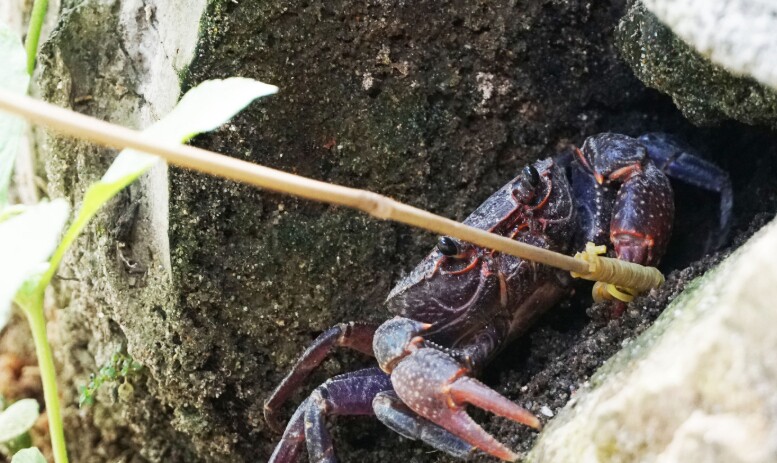
Mountain Crabs tend to emerge in greater numbers during rainy weather, making it a perfect time to indulge in this delicacy.
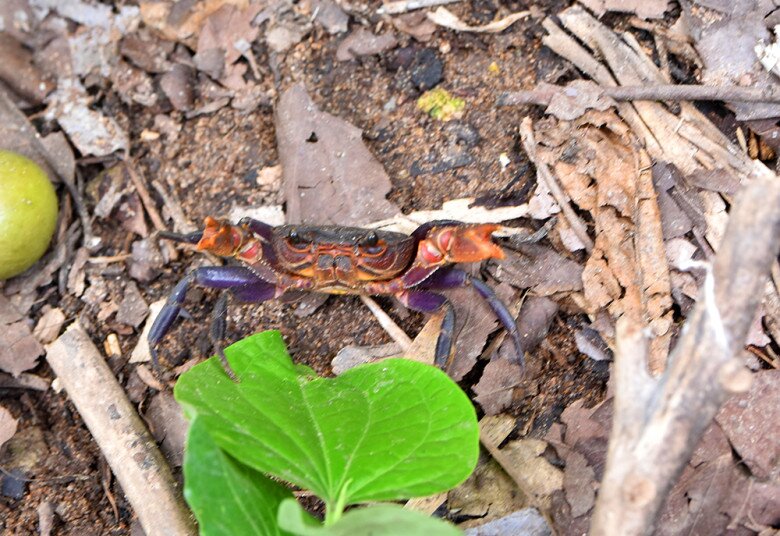
The Mountain Crab’s elusiveness and dwindling population contribute to its high price and exclusivity.
Recalling his adventures hunting Mountain Crabs, Binh from An Giang shares: “On rainy days, I would venture up the mountain with friends to hunt for these crabs. We’d grill the larger ones over charcoal and cook the smaller ones in a sour soup with “củ đủng đỉnh” (a local vegetable). The grilled crab meat was fatty and tender, similar to shrimp, and dipping the broken claws in salted chili was heavenly. The soup was incredibly sweet and flavorful, and the combination of crab and vegetable, paired with chili sauce, was irresistible. I always craved more, not because I wasn’t full but because the taste was so unique. Nowadays, finding these crabs is much harder.”
The Unlikely Delicacy: A Tasty Treat from the Heart of the Mekong Delta
Once considered a post-harvest waste product, the humble waterlily bulb has now become a renowned delicacy, synonymous with the unique and exquisite flavors of the Mekong Delta. This humble root vegetable has captivated the palates of discerning diners far and wide, showcasing the essence of Western Vietnam’s culinary delights.













